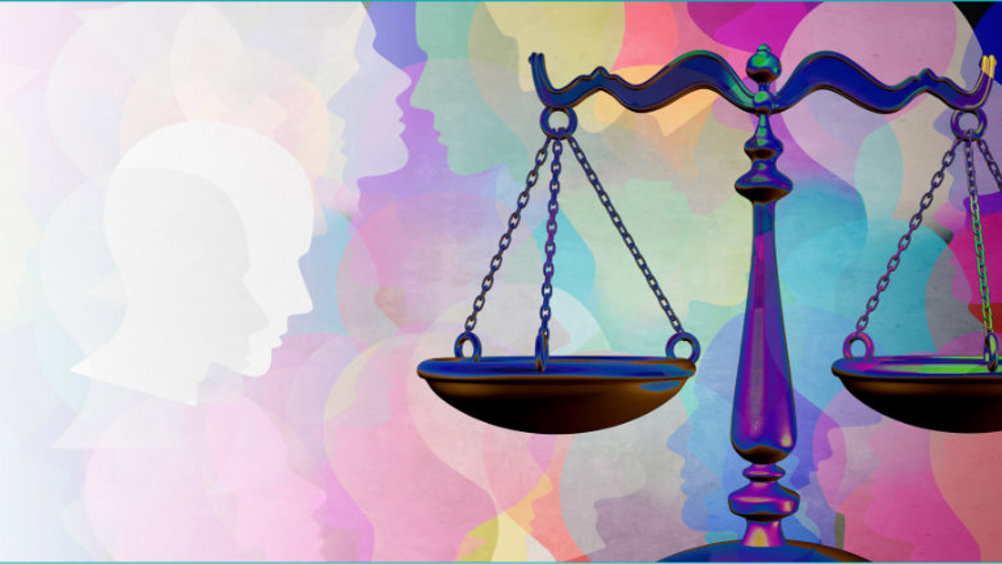References
Ethics and pharmacists

Abstract
In the current climate, it is understood that many health professionals are suffering from stress-related conditions. In such a context, to what extent can pharmacists be expected to make sound ethical judgments?
According to Singer (1979:2), ‘… an ethical judgment that is no good in practice must suffer from a theoretical defect as well, for the whole point of ethical judgments is to guide practice.’ With the well-publicised and ongoing challenges in the NHS, the public understands that many health professionals – including those in the pharmacy profession – suffer from stress-related conditions. So in this context, to what extent can pharmacists be expected to make sound ethical judgments?
Kalvemark et al (2004) note that ‘stress due to ethical dilemmas is usually referred to as ‘‘moral distress’’’, and they ask, ‘Does the hospital/pharmacy provide support to the professionals troubled by ethical dilemmas? Are there any support structures and resources to increase moral competence at the workplace?’ It’s a good question, and almost 2 decades after Kalvemark et al (2004) observed that ethical dilemmas tend to be topics typically discussed during coffee breaks and similar occasions, it seems unlikely that such a time span has seen any significant evolution in how health professionals reflect on ethical matters.
Register now to continue reading
Thank you for visiting Journal of Prescribing Practice and reading some of our peer-reviewed resources for prescribing professionals. To read more, please register today. You’ll enjoy the following great benefits:
What's included
-
Limited access to our clinical or professional articles
-
New content and clinical newsletter updates each month

